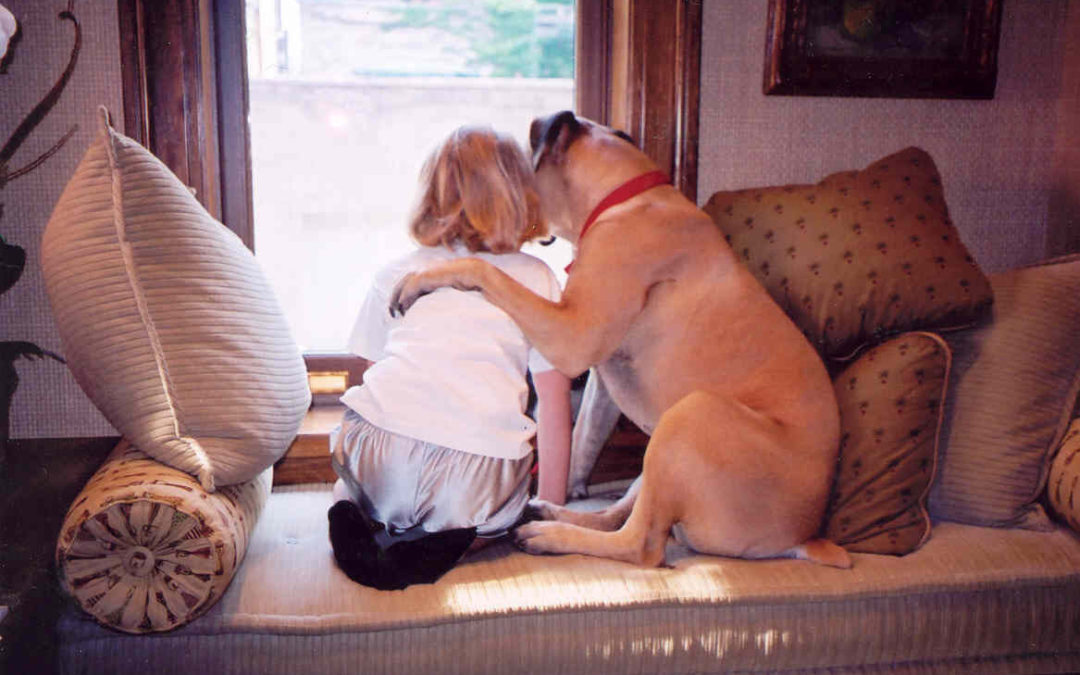Since the 1990’s breed specific bans targeting pit bulls have been sprouting around the world. Claiming that the dogs are dangerous and pose a threat to those around them, the legislation band people from having pit bulls as pets in specific areas. Today, 31 states in the United States have some sort of pit bull ban in effect and on a daily basis more municipalities consider a ban of their own.
But what actually happens when these rules go into effect?
Dog bites don’t actually go down
While the idea behind breed specific legislation (BSL) is to reduce dog bites and aggression, there is no proof that the bans lead to a decrease in dog bites overall.
In Toronto, which banned pit bulls in 2005 leading to a near extinction of the breed in the area, dog bites hit the highest levels in the century in 2013 and 2014.
Dog fighting rings don’t go away either just because there’s a ban on pit bulls, which is the type of dog usually chosen to participate in the illegal and heinous act.
“Communities that have instituted such bans often find the irresponsible owners and the criminals who use dogs for illegal purposes simply switch to another breed,” explains the Pit Bull Rescue Central website.
People get separated from their pets
When BSL goes into effect, sometimes people are forced to relinquish their dogs to authorities immediately. Most often, however, there is a clause that allows people who already own a pit to keep them-if they register them within a determined period of time.
In Brownsville, Tenn., for example, when a ban went into effect, people had 60-days to register with the city or they would be taken away. The problem is that not many people people pay attention to local ordinances and how it affects them so dog owners miss their deadline and have to give up their animals.
“”It’s extremely problematic because politics is not a spectator sport,” explains Ledy VanKavage, Senior Legislative Attorney for the Best Friends Animal Sanctuary” “Another problem is that many people is that many people don’t consider their dog a pit bull”.
Shelters are overwhelmed
Being faced with a rule that prohibits them from from keeping their pet, many people try to rehome their dog but according to the Pit Bull Rescue Central, it takes people an average of 6-12 to rehome a pit bull.
That leaves shelters as an often used solution.
“Here are dogs that were in people’s homes and now they are overwhelming shelters,” says VanKavage. ‘So they’re euthanized or other dogs that would go in to the shelter can’t come in because they are full ans so they are euthanized.
In Miami, where it is illegal to own a pit bull in the entire Miami-Dade county, pit bulls that end up in shelters can be adopted to people who live outside the county. but people do no toften go to a shelter in a different county to look for a dog to adopt, so th epit bulls are put to sleep.
People are blocked from adopting
The shelter problem is even worse because, nobody living in a cty with a ban will ever be able to adopt a pit bull again-meaning that the number of potential adopters decreases, while the number of dogs desperate for a home increases.
Dogs who aren’t even pit bulls suffer
To ban pit bull one must first identify a pit bull. There’s one little problem with that: Pit Bulls aren’t even a breed. What are commonly known as pit bulls are a group of similar looking dogs including American Pit Bull Terriers, American Staffordshire terriers, Staffordshire Bull Terriers, and English Bull Terriers.
Many other dogs look muscular and have short hair like those breeds, so when an official is charged with investigating whthere a pet should be banned or not, mistakes are commonly made.
‘It’s pretty arbitrary.[the identification process} can be done by the police, who are not trained in breed identification, or an animal control officer, who is not trained either,” says VanKavage. “People call it breed specific legislation but there’s nothing specific about it. You might as well use a ouija board to determine the breed of a mixed breed dog”.
In fact, a study showed that even shelter workers and people who have been trained in breed identification make a mistake 48% of the time.
Cities lose tons of money
Financially, BSL has also proven to be a huge disaster. Between the cost of enforcing the ban, kenneling the confiscated pit bulls and caring for them, euthanizing a large portion of them, DNA tests to determine their actual breed and litigation costs when an owner challenges a decision on their dog, a city is left with a giant and unnecessary bill that taxpayers end up paying.
According ti the National Canine Research Council, Prince George’s County in Maryland spends approximately $560,000 every two years enforcing the ban. The estimated associated costs with Denver’s ban in Colorado add up to almost one million dollars per year.
People become misinformed on dog safety
Perhaps the most damaging of all effects of BSL, is that it perpetuates the myth that pit bulls are violent and dangerous. Other cities that may not have outright bans can have apartment buildings that refuse to accept tenants that have pit bulls as pets and insurance companies that choose not to insure them. The circle of misinformation continues, leading to more unnecessary dog deaths.
Want to stop BSL? There are a number of petitions opposing the unfair legislation. Can’t find a BSL petition where you live? Create your own, and the Care2 community will join you and help make BSL a thing of the past.

